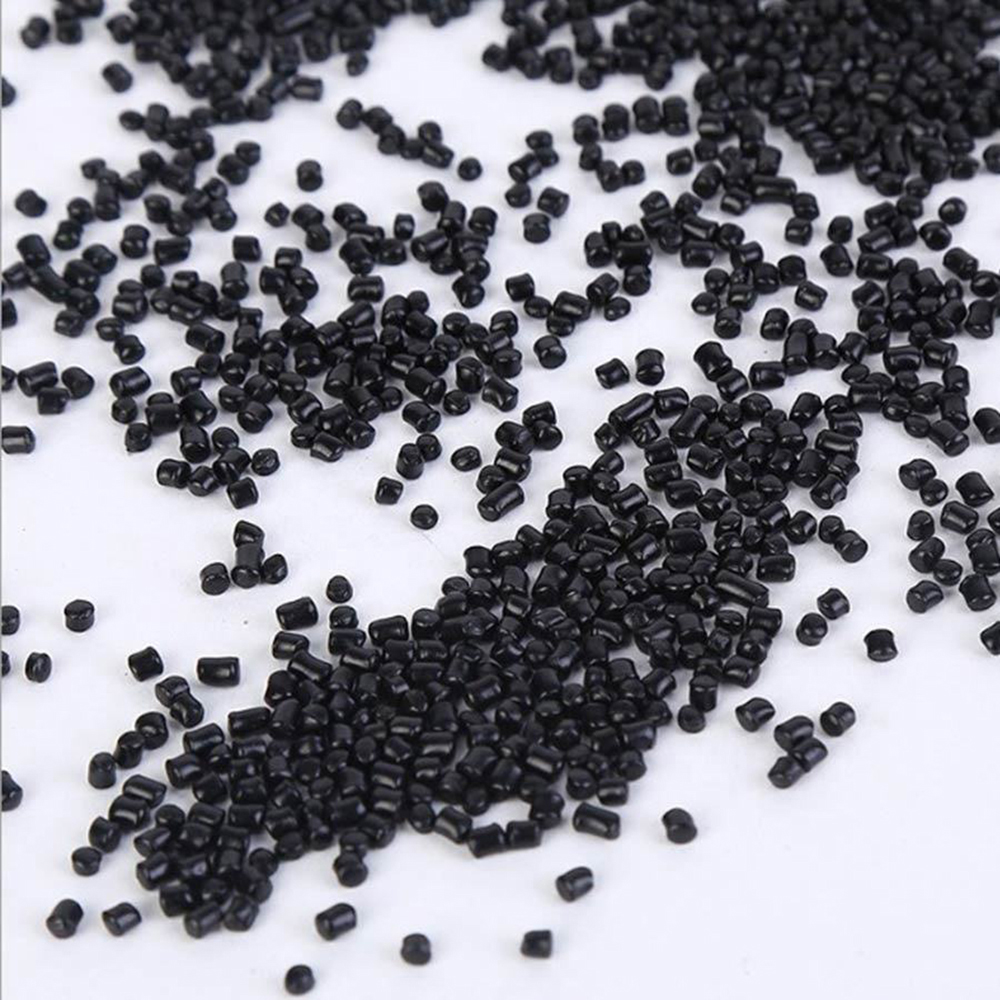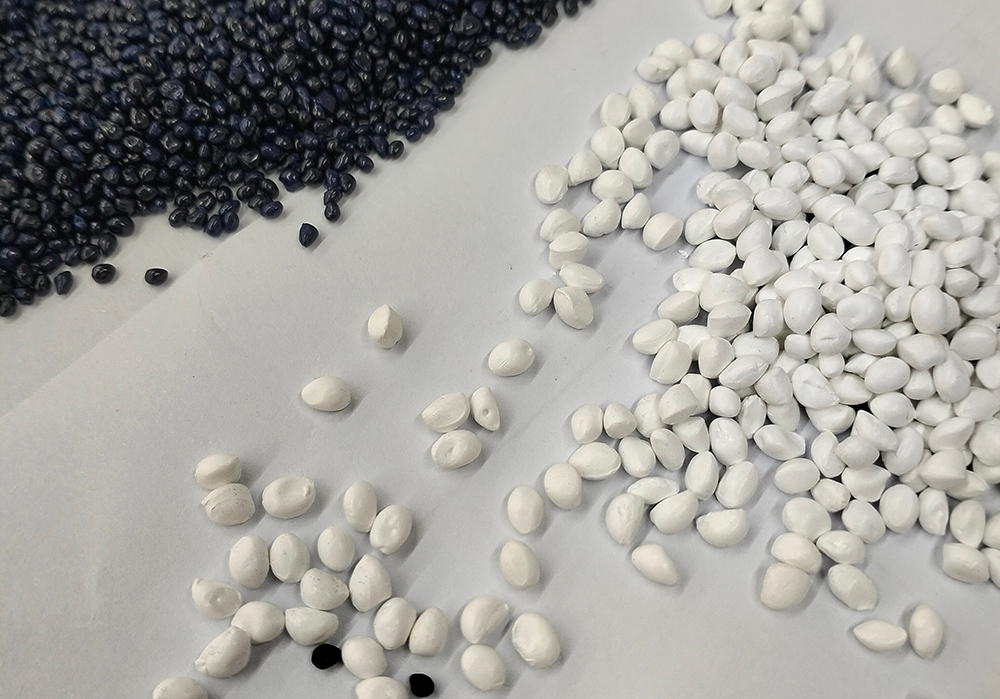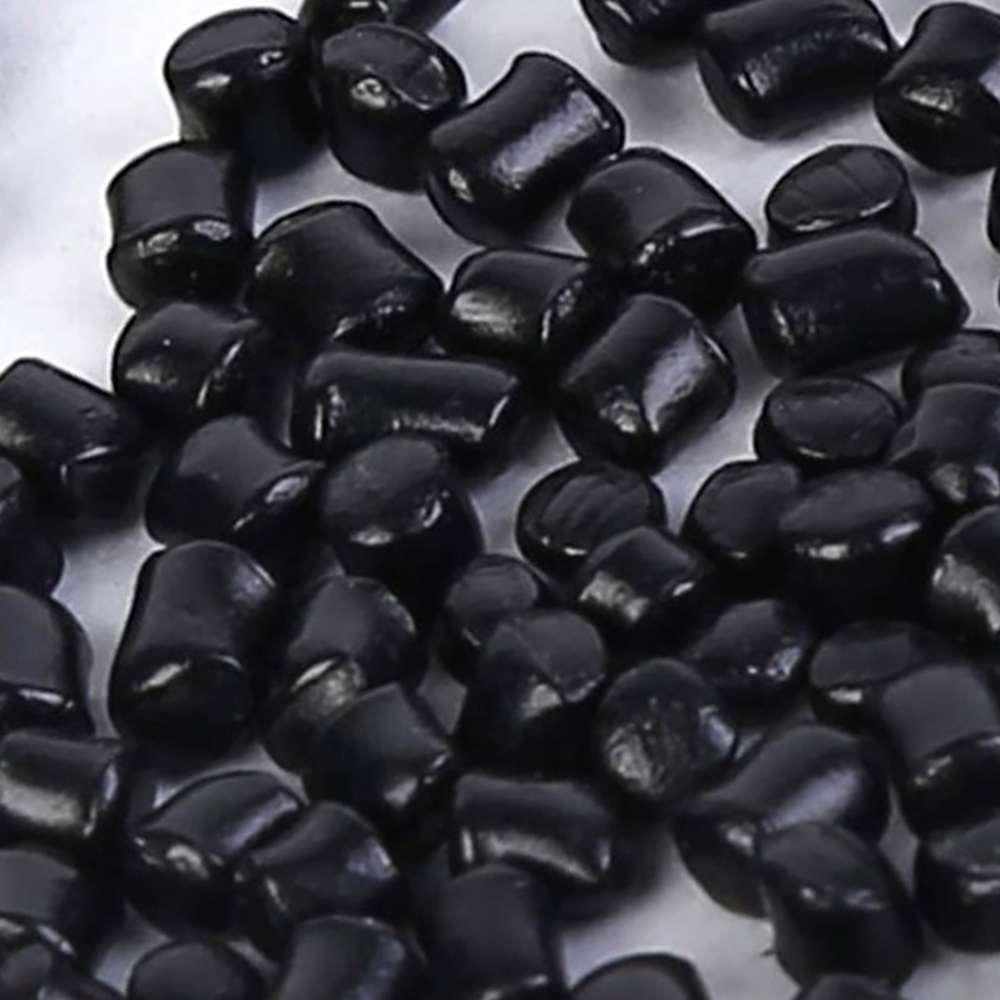
Applications et avantages essentiels du mélange maître de noir de carbone dans les produits en plastique
Le mélange maître de noir de carbone est un additif essentiel utilisé dans divers produits en plastique, notamment les tuyaux, les films, les pièces moulées par injection, les fils, les câbles et les articles ménagers. Dans les canalisations, il améliore la résistance aux UV et la résistance mécanique.



